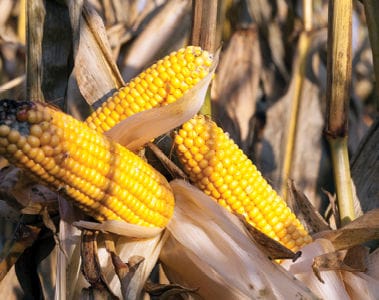Although not reported this month, we anticipate the PLUS method LOD values will also influence the mean of positive results for the survey. With lower LOD, the PLUS method will be able to detect lower concentrations of most toxins on the panel. For example, the LOD for ZEN used to be 51.7 ppb and now the LOD is 1.0 ppb. Previously, a sample with 7.0 ppb of ZEN would have been reported as “<LOD”, so it would not have been considered a positive result and thus would not have been included in the mean of positives. As we see with the tremendous shift in occurrence when the LOD is adjusted lower, we anticipate seeing a higher occurrence of ZEN, but the mean concentration will potentially be lower than historical values if there are many samples positive with low concentrations of ZEN that could pull down the average.
As the survey data set continues to gain additional samples, we will continue to monitor the influence that the new lower LOD values may have on the occurrence and mean of positive contamination levels. We anticipate sharing a full mycotoxin survey update in the December edition of The Digest.
If you would like to submit samples for mycotoxin analysis to better understand risk in your feeds, contribute samples to the annual mycotoxin survey, or are curious to learn more about the analytical services dsm-firmenich offers, please contact your dsm-firmenich account manager.

